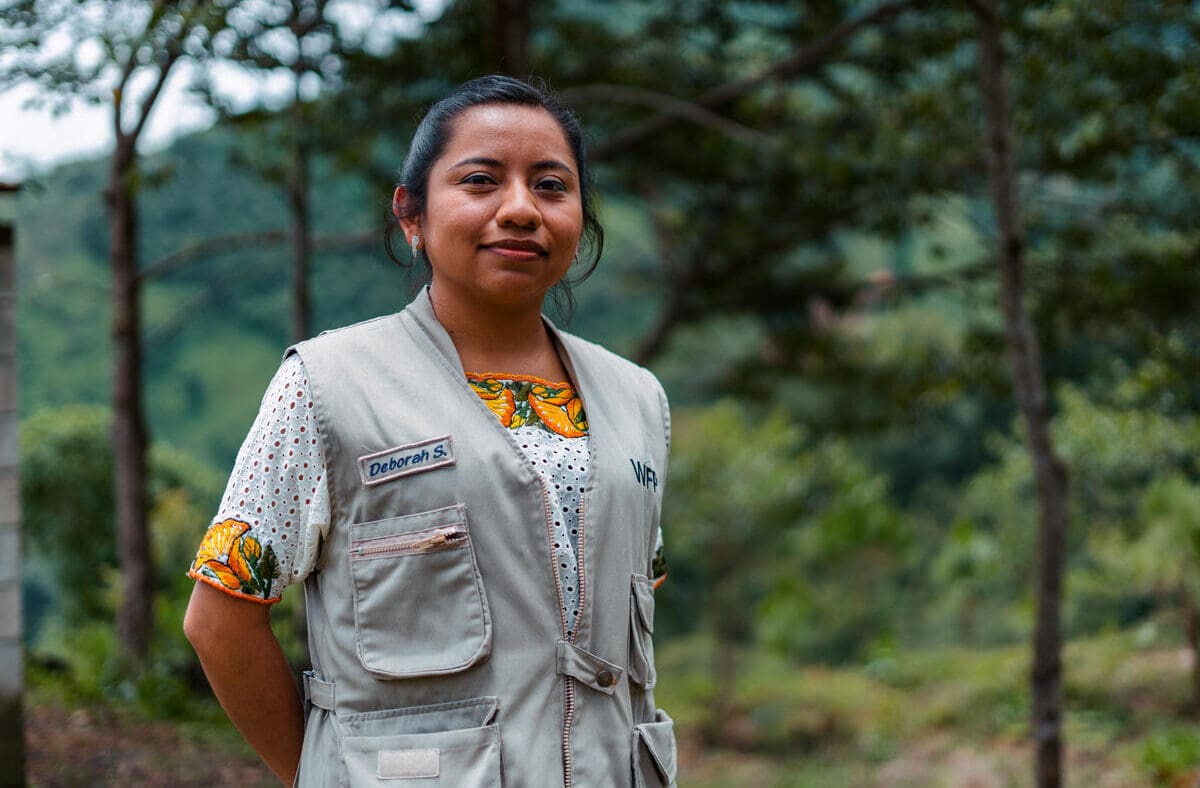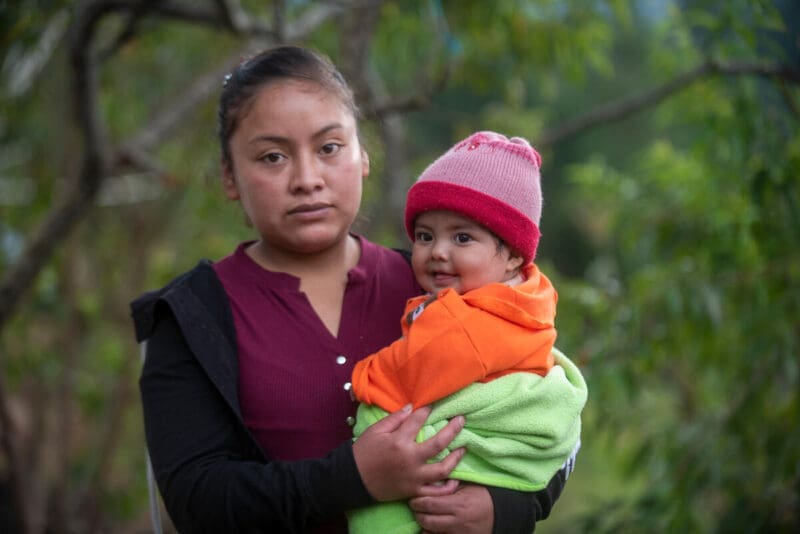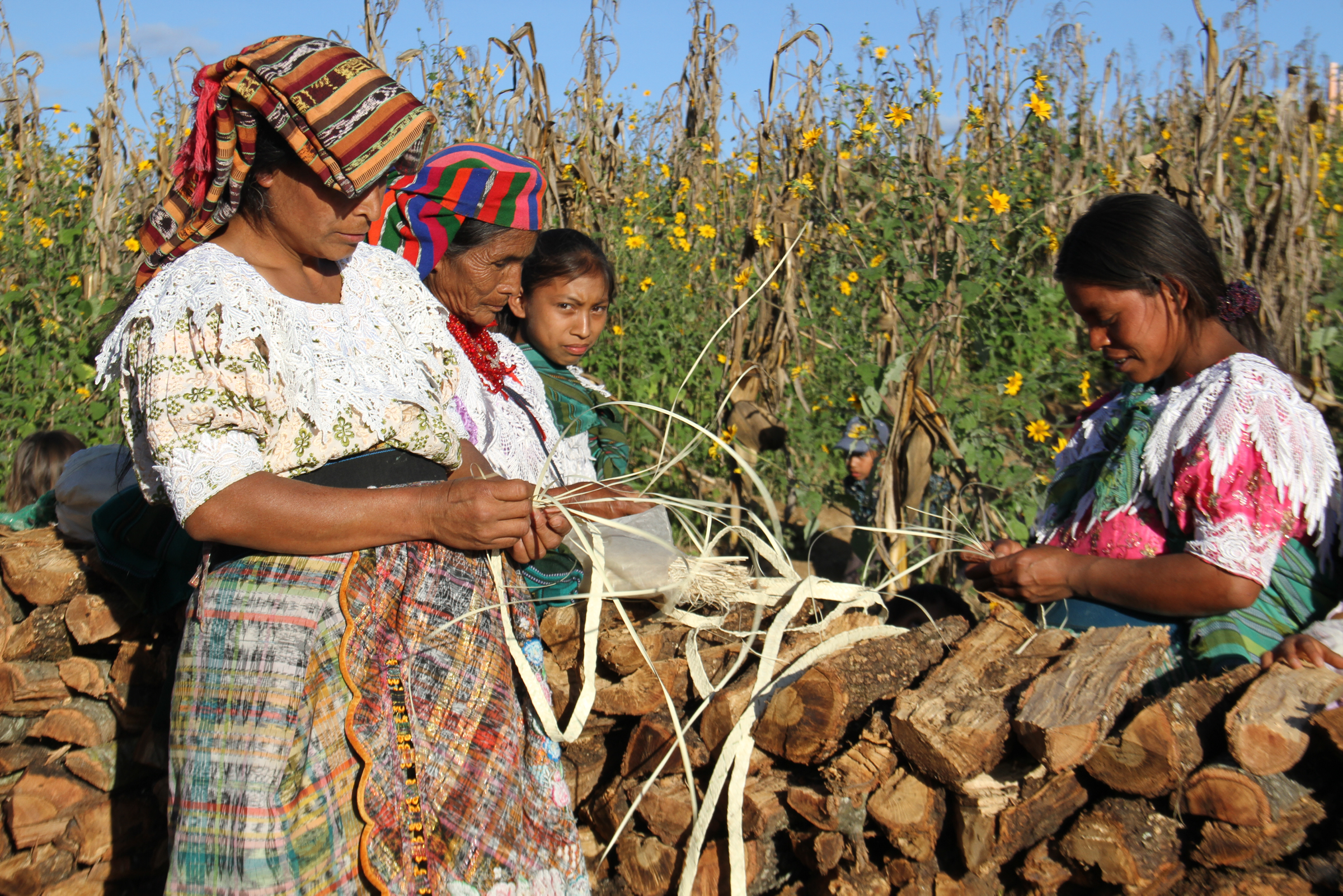
Guatemala
Widespread poverty, deep-rooted inequality, a rapidly changing climate and frequent natural disasters are driving hunger in Guatemala.
The Suffering of Inequality
Guatemala is one of the most unequal countries in all of Latin America. It is multi-ethnic with a rich cultural heritage, but poverty and discrimination disproportionately affect women and indigenous people. Mix that with increasingly extreme weather and the current COVID-19 crisis and you get a population deeply vulnerable to hunger.
Two-thirds of the population lives on less than $2 per day
Nearly 50% of children under five are stunted
40% of inhabitants are Indigenous Mayan
An Uphill Battle

Gender Inequality
With the highest level of gender inequality in the region, women in Guatemala are more likely to face poverty than men, and rates of violence against women still remain high. Across the globe, women often eat last and least. They have the most responsibilities in the home, but the smallest amount of food – sacrificing their health for their children.
Photo: WFP/Carlos Alonzo/2020
Agricultural Challenges
Long dry seasons have hurt Guatemalan farmers in the past few years. Poor soil conditions, over-exploited forests, degraded lands, the small size of plots, and lack of access to credit, agricultural supplies and technical know-how make matters worse.
Photo: WFP/Francisco Fion
Extreme Weather
Guatemala is one of the top ten countries most vulnerable to climate change in the world, and the fourth most exposed to natural disasters in the region. Long dry spells mean small harvests or even total crop failures of corn and beans. This is pushing farmers and their families even further into hunger.
Photo: WFP/Miguel Vargas
Poverty
Almost half of Guatemala can’t afford the cost of the basic food basket. That means the rate of stunted children under five is one of the highest in the world – and the highest in Latin America and the Caribbean. It’s a middle-income country, but most people still live in poverty. Indigenous Mayans make up nearly half the population, with a poverty rate of 80% (and 40% live in extreme poverty).
Photo: WFP/Alejandro Arriola/2020



WFP’s Work in Guatemala
WFP has been in the country for over 40 years, working in four key areas:

WFP focuses on feeding kids under two, working to change community nutritional habits in rural communities with high rates of stunting: Alta and Baja Verapaz, Sololá and Chimaltenango.


WFP works with the Guatemalan government to get food assistance to people affected by sudden natural shocks like floods, hurricanes, earthquakes or landslides as well as slow-onset shocks like droughts.


With help from WFP, more than 9,000 families in remote, disaster-prone areas get food or cash in exchange for working on community projects that increase their resilience to climate shocks.


WFP works with small-scale farmers’ organizations to improve their incomes through increased and better-quality production, reduced post-harvest losses, and fairer and wider access to markets.

You Can Help Save Lives
When you donate, you help us deliver critical food relief to the most vulnerable people in Guatemala and other countries around the world. You can make difference in someone’s life – send food today.
News & Updates from Guatemala
Read the latest articles on hunger issues and WFP’s work in Guatemala.


